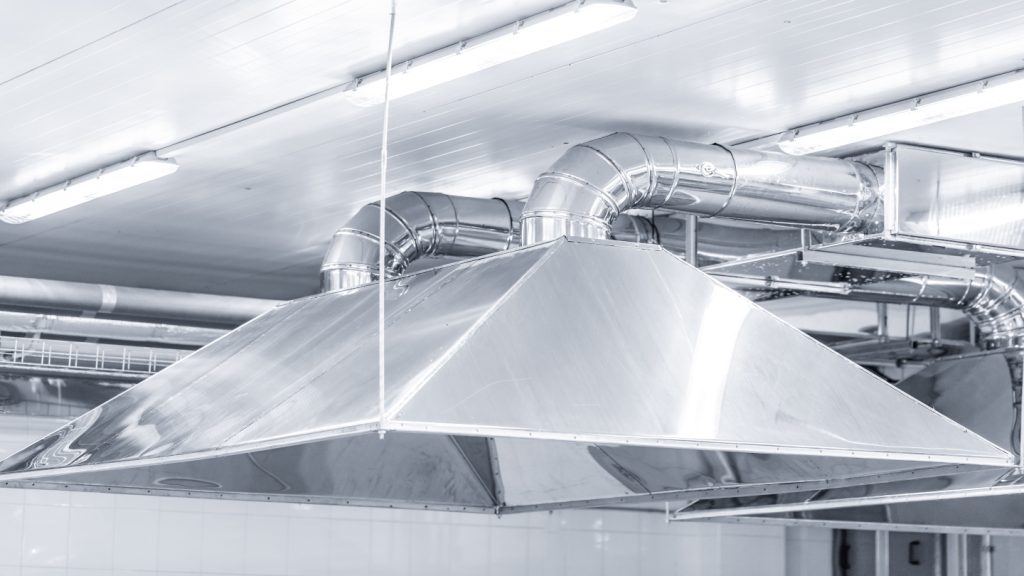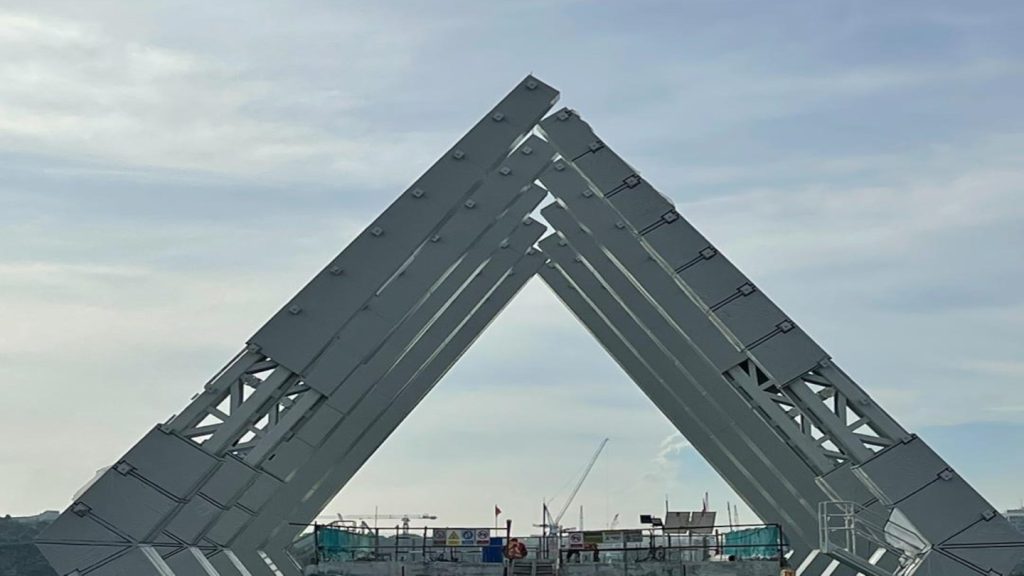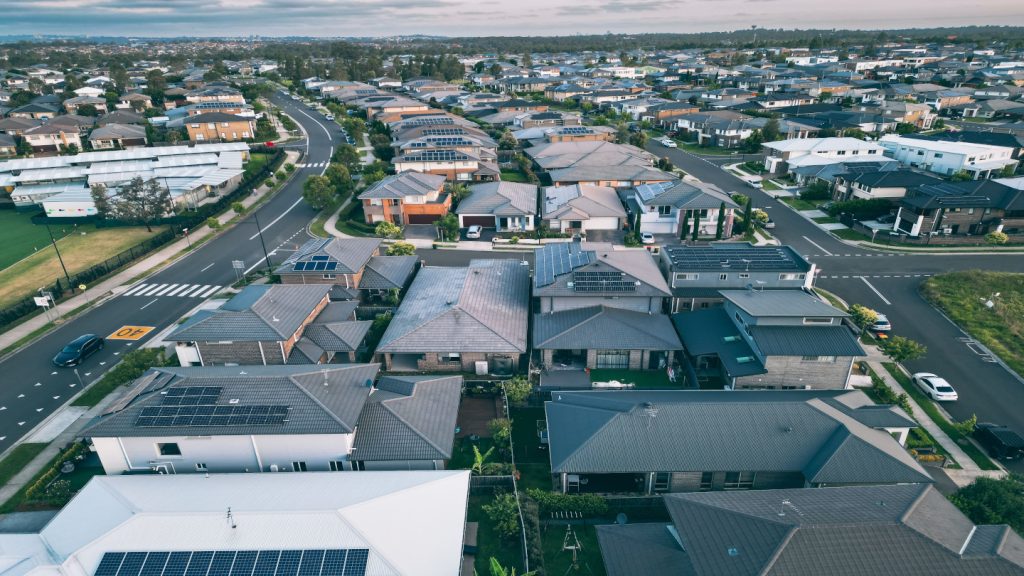The UK's Competition and Markets Authority (CMA) is investigating the ramifications of the acquisition by Lindab International of HAS-Vent Holdings.
The focus of the investigation is to address potential competition concerns in the supply of circular ducts, as well as fittings, within specific local areas in the UK.
Last month, CMA identified the need for Lindab to divest one of its sites in both Nottingham and Stoke-on-Trent.
This measure aims to remedy, mitigate, or prevent a substantial lessening of competition that may arise in these regions due to the acquisition.
According to Construction Wave, chairperson of the independent inquiry group Kirstin Baker said: “Circular ventilation ducts and fittings are essential components in the construction of buildings, such as new offices and flats.”
The competition watchdog is now considering Lindab’s offer with regard to the sale of its sites as part of its enquiry.
CMA has issued a notice to accept final undertakings and is seeking feedback on the proposed draft undertakings on 11 December 2024.
It will review all written representations submitted in response to this notice. Based on the feedback, modifications to the proposed final undertakings may be enacted.
Lindab's acquisition of HAS-Vent, a British ventilation company, was a strategic move to bolster its sales and production of ventilation products in one of Europe's significant markets.
HAS-Vent, known for manufacturing and distributing a variety of ventilation products, operates ten branches across the UK, with some locations complementing Lindab's existing operations. The acquisition was financed entirely through Lindab's own funds.
Lindab offers products that are synonymous with quality, ease of installation, and environmental consideration.















